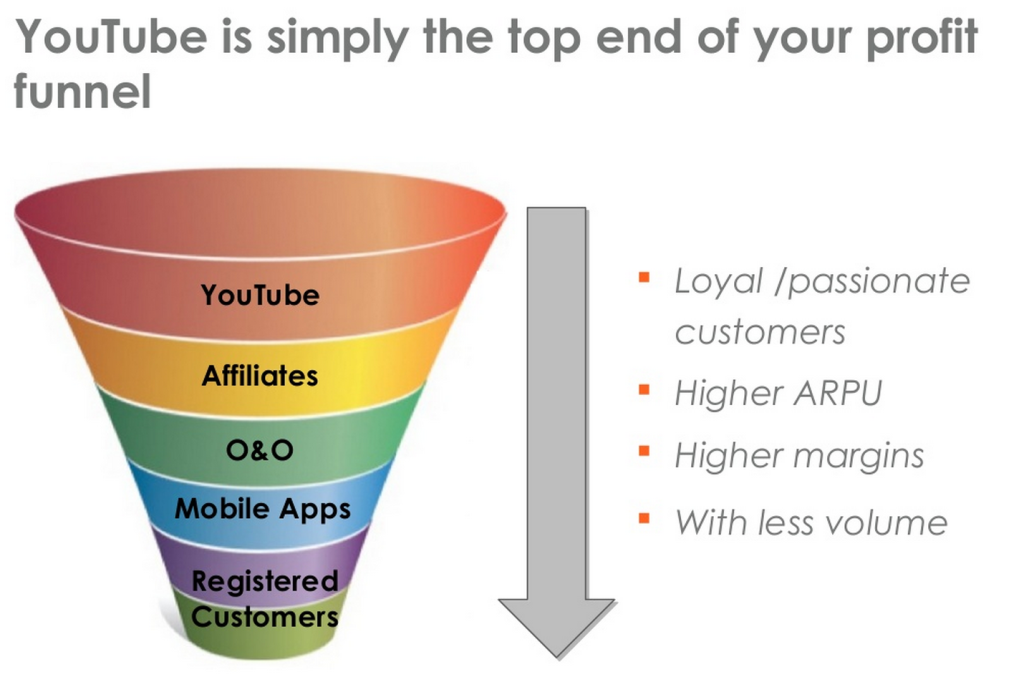The Time Value of Money (or Why 25 Years of Cable TV Doesn t Cost as Much as You Think)
Post on: 16 Март, 2015 No Comment

Published on February 15th, 2011
This guest post is from Stephen Popick . a government economist and founder of Coffeecents.org. a personal finance program for young adults. Popick is the long-time administrator of the Get Rich Slowly discussion forums. He loves coffee, even if his habit will cost him a latte-a-day million in thirty years.
Just after Christmas, Carl Hendley of The Motley Fool wrote about his cable bill and how much lost investment income that money represented. As an economist, I was intrigued by the notion, and couldnt help but run the numbers. (We economists are strange like that.)
Hendleys calculations assume that the average person cares only about nominal, time-insensitive returns. That is, that a dollar today is worth a dollar tomorrow. But we economists know (from all of our fancy-pants research) that, generally speaking, thats not how people make decisions. Instead, when most folks make personal-finance decisions, they take into account the time value of money .
The time value of money
The time value of money is a complex term for a simple concept: Any given amount of money is worth more today than the same amount in the future. Assuming a 5% interest rate, for example, $100 today is worth $105 a year from now. (Or, working backward with the same assumed interest rate, $100 in a year is worth $95.24 today. And what, theyre not the same? Nope!)
The time value of money has two main components: inflation and personal valuation. While Hendleys main point is correct recurring monthly charges can be costly in the long haul, and can dramatically affect your retirement savings the real long-term cost of his cable bill isnt actually $132,683.
Citing research from Good Debt, Bad Debt and other sources, Hendley assumes a 10% annual rate of return on $100 monthly investments made for 25 years. His example assumes that we value $100 invested today the same as we value $100 invested 25 years from now. In reality, $100 today is likely to be worth much more than $100 in the future.
Note: One reason stocks need to show strong long-term growth (and why bonds pay interest) is that investors must be compensated for the time value of money. Otherwise, investors could use that cash for something else.
Theres a simple rule to describe the conditions that make investors willing to invest in equities (like stocks) versus, say, TIPS (bonds that automatically adjust for inflation):
Expected Rate of Return >= Expected Inflation Rate + Time Value of Money
In other words, for an investment to make sense, its expected rate of return has to be greater than the total of :
- The inflation rate. In general, people react to the real (after-inflation) rate of return, not the nominal (pre-inflation) rate of return.
Painful but not as much
Returning to Hendleys cable bill, its fine to assume constant rates over time to keep things simple. But to show the real cost of paying out for cable television, you have to work some economic magic. Which Ive done for you, using a discounting routine (or a net present value calculation).
Note: Though I may be violating the sacred code of magicians economists, you can look behind the curtain to see my calculations with this Google spreadsheet .
What Ive done here is take the long-term cost for cable television, and compute a number that tells you what thats worth to you right now if you were to invest the money instead. We need to compare apples to apples. (Or dollars to dollars, in this case.)
Assuming an annual inflation rate of about 3%, the net present value of $132,683 is about $63,250. That is, the $132,683 Hendley could pay toward his cable bill over the next 25 years is actually worth about $63,250 if invested in equities (such as stocks or mutual funds) returning an average of 10% with 3% inflation in today’s dollars
And assuming his personal time value of money what the cash might be worth to him if used elsewhere is also 3%, real cost of watching cable for 25 years instead of investing is about $30,000. (If you extend the time-frame to 30 years, that estimated cost grows to over $50,000. Your time-frame matters!)
The moral of our story
When you look at savings in nominal terms when you look at the raw numbers you over-emphasize the value of future holdings. The future is uncertain. Inflation gnaws at your money, and consuming today is more pleasurable (and more certain) than consuming later.
This is a mistake that many people make when talking about personal finance. David Bachs famous latte factor (from The Automatic Millionaire and other books) is perhaps the most notable example of this fallacy. Bach ignored the time value of money.
Still, his primary point that cutting recurring costs can help you meet your savings goals is completely valid. Small, easy changes to your habits can have an enormous impact on your future financial status. But its important to consider all of the factors. One way to do that is to use my spreadsheet (or something similar) to compute the net present value of the proposed savings.
When you do this, you can ask yourself questions like: Would I rather have $30,000 today or cable television for the next 25 years? Theres no one right answer. It all depends on your time value of money.
GRS is committed to helping our readers save and achieve their financial goals. Savings interest rates may be low, but that is all the more reason to shop for the best rate. Find the highest savings interest rates and CD rates from Synchrony Bank. Ally Bank. GE Capital Bank. and more.














